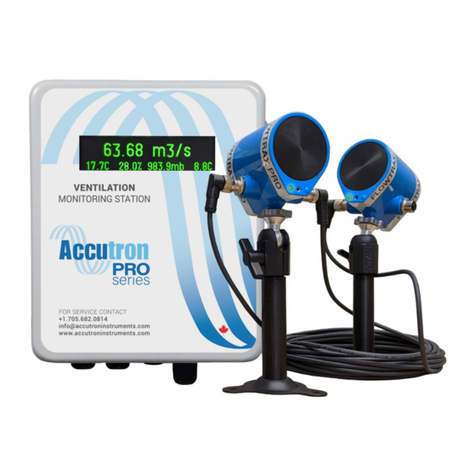
4
INDICATIONS D’UTILISATION
Vous ne devez utiliser cette machine que dans des systèmes de sédation oxygène-
oxyde nitreux qui livrent au patient un mélange de gaz d’oxyde nitreux et
d’oxygène ayant une concentration maximale d’oxyde nitreux de 70%.
CONTRE-INDICATIONS
Les contre-indications sur l’inhalation d’oxyde azoteux/oxygène peuvent inclure:
1. certaines maladies respiratoires obstructives chroniques;
2. des troubles émotionnels graves ou des dépendances liées à la toxicomanie;
3. le premier trimestre d’une grossesse;
4. le traitement au sulfate bléomycinique;
5. une déficience en réductase d’acide tétrahydrofoliqueméthylène.
Dans la mesure du possible, consulter un spécialiste médical avant d’administrer
des agents analgésiques/anxiolytiques aux patients qui présentent des troubles
médicaux sous-jacents (par ex.: maladies respiratoires obstructives graves, défail-
lance cardiaque, drépanocytose, otite moyenne aiguë, greffon récent de la mem-
brane du tympan, traumatisme crânien grave aigu.1)
1American Academy of Pediatric Dentistry. Lignes directrices cliniques: Lignes directrices sur l’utilisa-
tion de l’oxyde azoteux pour les patients dentaires pédiatriques. Pediatr Dent 2009;31(6): 148-151.
Disponible sur le site Web: “http://www.aapd.org/media/policies.asp”. Accès le 23 février 2010.
AVERTISSEMENTS
Doit être utilisé uniquement par un professionnel formé dans l’utilisation de
l’oxyde azoteux.
Le patient doit toujours faire l’objet d’une surveillance étroite pendant l’utilisation
de l’acide azoteux. Si le patient présente des effets indésirables, réduire ou arrêter
le débit de l’acide azoteux, selon le besoin. Le bouton de purge O2pour peut être
utilisé pour évacuer rapidement les lignes de N2O. Si le patient n’affiche aucun
signe de récupération rapide, enlever l’enceinte nasale de hood et le traiter avec
de l’oxygène pur, soit à partir du raccord du réanimateur O2ou d’une bouteille
d’oxygène auxiliaire utilisant un détendeur, d’un réanimateur manuel assisté par de
l’oxygène ou l’équivalent. Demander de l’aide d’urgence si une réponse rapide
n’est pas obtenue.
Ne pas utiliser ce dispositif pour l’administration d’une anesthésie générale ou
comme partie ou encore en conjonction avec un système d’administration
d’anesthésie générale.
Unité est calibré à l’usine de ± 5% selon les recommandations de l’industrie.
Vérifiez que les gaz sont correctes livré dans les ports corrects sur la machine de
gaz analgésique avant la première utilisation. Cela peut être fait en fermant les
cylindres d’oxygène dans la chambre du réservoir. Les gaz ne doivant pas cir-
culer lorsque les débimétres sont actirés.






























